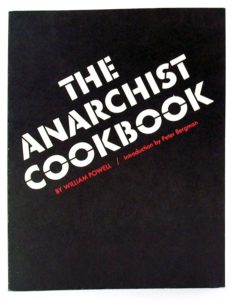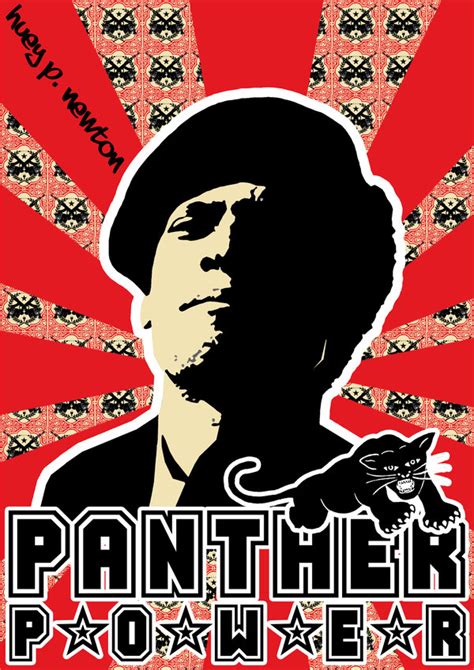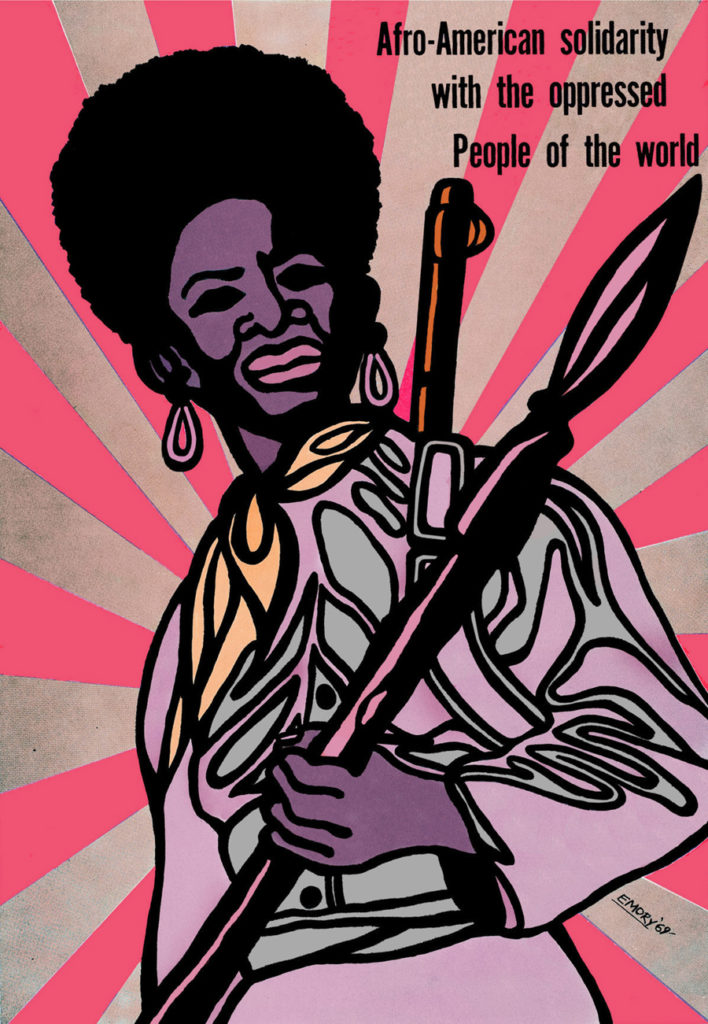Maddeningly surrounded by cops in these days of awakening and resistance, it seems somehow appropriate that this Friday, June 5 is National Donut Day. The picture of the slacker cop stuffing their face at the donut shop is of course a cultural touchstone and a TV trope. But, if you’re working early morning hours, a well lit place that is open, offers fresh, sugary carbs and a cup of caffeine that is portable, fast and cheap, Dunkin Donuts is your kinda hangout.
Interestingly, National Donut Day can trace its origins to The Salvation Army’s involvement in World War I, when a group of volunteers improvised providing comforting meals to ravaged troops. Donuts were simple, filling and could be cooked up in a war zone with limited culinary accouterments. For example, a Doughboy’s metal helmet could serve as a deep fryer.
While we adamantly protest the extreme militarization of our police force, I thought I’d suggest two informative if not incendiary books: The Anarchist’s Cookbook by William Powell, and Black Panther: The Revolutionary Art of Emory Douglas.
 Although dated — The Anarchist’s Cookbook first appeared in 1971 — it includes a lot of material that today’s counterculture revolutionaries might still find useful. There are chapters on everything from how to engineer your own psychedelics to more radical advice on how to brew up and deploy explosives. The book was banned in several states and a lot of the material is disturbing, but of course much more detailed intel on such tactical instruction can now be found online with cheerful step by step videos. Unless you are so inclined and like books instead of online instruction, this title is far more interesting as an historical marker than a guide for insurrection.
Although dated — The Anarchist’s Cookbook first appeared in 1971 — it includes a lot of material that today’s counterculture revolutionaries might still find useful. There are chapters on everything from how to engineer your own psychedelics to more radical advice on how to brew up and deploy explosives. The book was banned in several states and a lot of the material is disturbing, but of course much more detailed intel on such tactical instruction can now be found online with cheerful step by step videos. Unless you are so inclined and like books instead of online instruction, this title is far more interesting as an historical marker than a guide for insurrection.
So many years later, the art of Emory Douglas is still unfortunately relevant and potent for this moment. Formed following the assassination of Malcom X, the Black Panther Party for Self Defense was founded by Huey P. Newton and Bobby Seale who led the movement to end systemic racism. For 12 years, Douglas was the art director of the Black Panther Newspaper and later became the party’s Minister of Culture. Using collage techniques mixing photographs and his own drawings, Douglas created some of the most memorable images from the tumultuous sixties including Newton in his signature beret and large gun set against a crimson star.

Huey P. Newton by Emory Douglas
The book highlights not only the incredible artistic accomplishments of Douglas but also the other artists under Douglas’ direction who would be instrumental in crafting the party’s powerful identity. As seen today by your privileged writer, be alternately angered and saddened by the book’s reminder that the knee of injustice on the neck of an entire community is nothing new. We still need the fundamental change so eloquently illustrated in its pages.

Angela Davis by Emory Douglas
Advertising disclosure: We may receive compensation for some of the links in our stories. Thank you for supporting LA Weekly and our advertisers.

